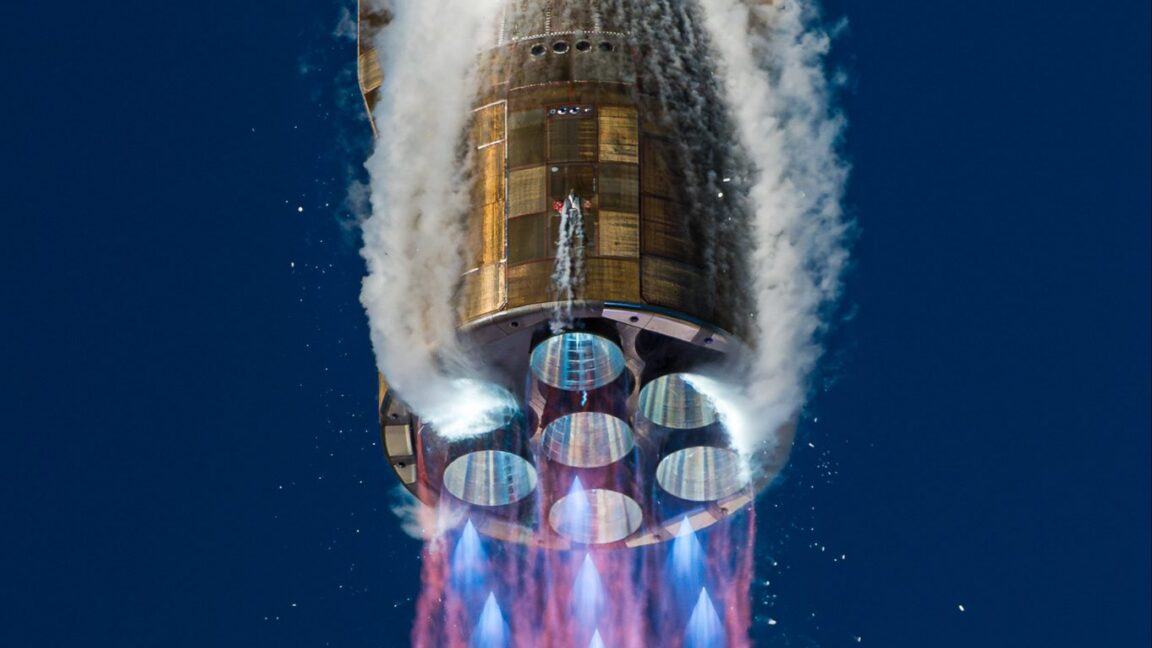
""They're coming off the line at one a month right now, and then we're ramping from there," he said of the second stages, known internally as GS-2. "It would be ambitious to get to the upper level, but we want to be hardware rich. So, you know, we want to try to keep building as fast as we can, and then with practice I think our launch cadence can go up.""
""With rockets, it's hard," Limp said. "Building prototypes is easy but building a machine to make the machines in volume at rate is much harder. And so I do feel like, when I look at the factories, our engine factory in Huntsville, the rocket factory here at Rocket Park and Lunar Plant 1, I feel like when you walk the floor there's a lot of energy.""
""You're never done with manufacturing, but I feel on the engine front we're incredibly strong," he said. "We're going to double the rate again next year. We've got work to do, but on second stages I feel like we're getting there. With the booster, we're getting there. The key is to be hardware rich, so even if some of these missions have anomalies, we can recover quickly.""
Second stages (GS-2) are being produced at about one per month with plans to ramp up production to increase launch cadence. The primary limiter on cadence is manufacturing, covering BE-4 first-stage engines, BE-3U upper-stage engines, and the stages themselves. Building production systems for volume is significantly harder than producing prototypes. Engine, rocket, and lunar manufacturing sites — including the Huntsville engine factory, Rocket Park, and Lunar Plant 1 — are showing strong activity. Engine rates are planned to double next year while second stages and boosters progress toward target rates. The New Glenn first stage was recovered; methane propellant leaves less soot, and a third first stage nears completion.
Read at Ars Technica
Unable to calculate read time
Collection
[
|
...
]